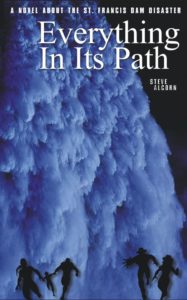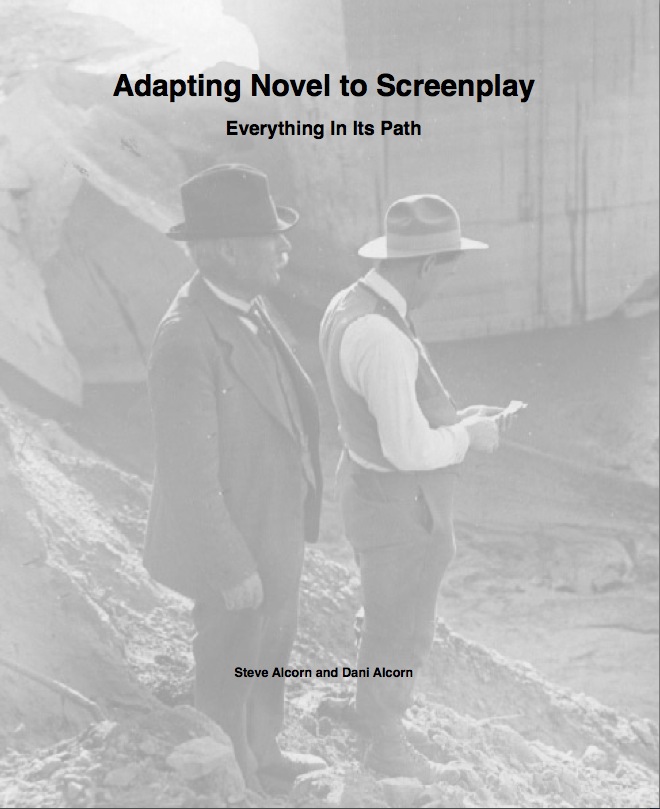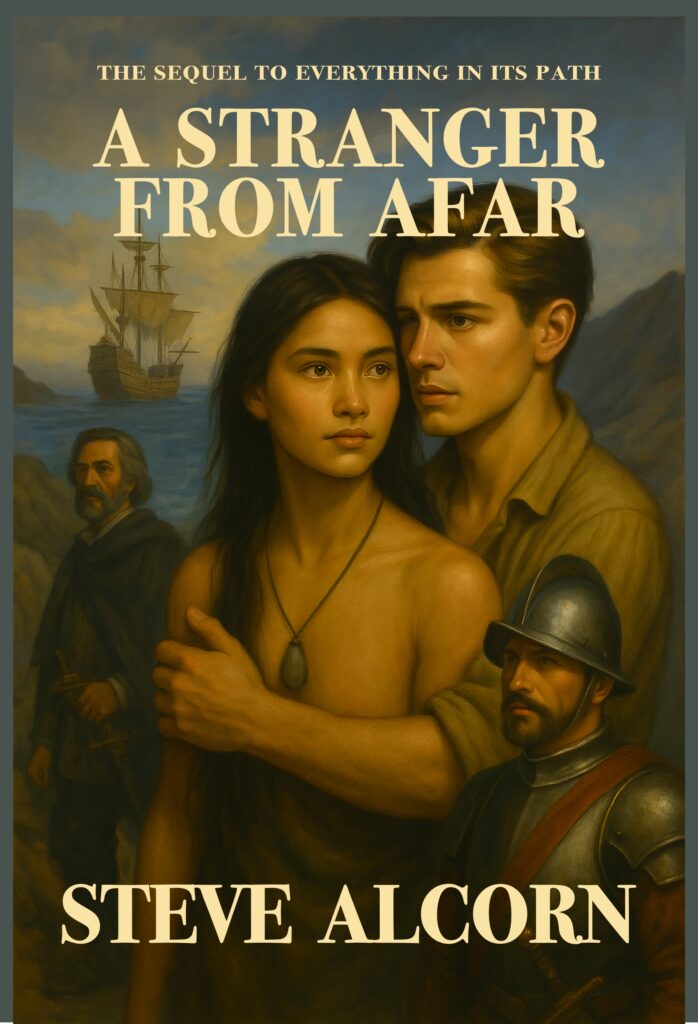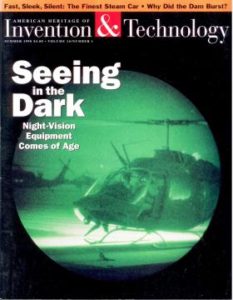
One of my favorite magazines was American Heritage of Invention and Technology. Every month it brought fresh articles about old inventions. But it also covered engineering topics from the past. One month I was surprised to find an article about the Saint Francis Dam Disaster.
Why was I surprised? Because I grew up in Southern California, and yet I had never heard of it. That’s right, I’d never heard of a disaster that happened less than thirty years before I was born, took the lives of 500 people, and ended the career of William Mulholland.
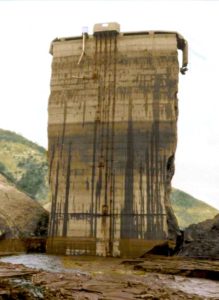
How could this be? I certainly knew who Mullholland was; he was the man who brought water to Los Angeles, via the aqueduct, so the city could grow. The classic movie Chinatown fictionalizes the edges of that endeavor. And yet the collapse of a 160-foot high dam that leveled 50 miles of cities and towns in a rush to the ocean somehow hadn’t made my school history curriculum. Amazing!
And so, I set out to correct this oversight, by bringing the disaster to life for kids and adults, through historical fiction.
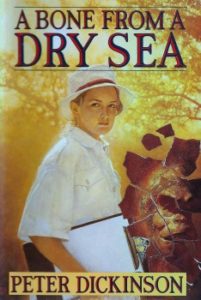
But there is never just a single inspiration for a work. They are an amalgam of ideas, thrown into the mental blender and reformed. About the same time, during my nightly bedtime reading to my daughter, Dani, we came across a book called A Bone from a Dry Sea, about an archaeologist and his daughter. The book used some flashbacks to the people whose artifacts they were unearthing. Unfortunately, despite a strong premise, the story really went nowhere. I thought I might be able to do more with the concept.
So I researched the indigenous peoples of Southern California, reading dozens of books and talking with Chumash docents.
I spent a solid year researching the book, visiting locations and collecting obscure historical texts. Along the way, I discovered an entire community of “dammies” who have devoted themselves to researching the disaster.
While my archaeologist and his daughter are fictional, nearly everything else about this book is true, from the incidental characters to the locations of shops and even instructions on adding gas to your Model-T!
My daughter became a screenwriter, and in the process inspired me to turn Everything In Its Path into the script for a movie. In the process of 19 drafts(!) I changed the age of the protagonist and incorporated a love story. The ending also changed.
The script was shopped around in Hollywood for a while, and even admired by some folks at National Geographic, but nothing came of it.
The process of the adaptation, along with the full text of the original novel, plus complete versions of draft 1 and draft 19 of the screenplay are included in my book, Adapting Novel to Screenplay: Everything In Its Path.
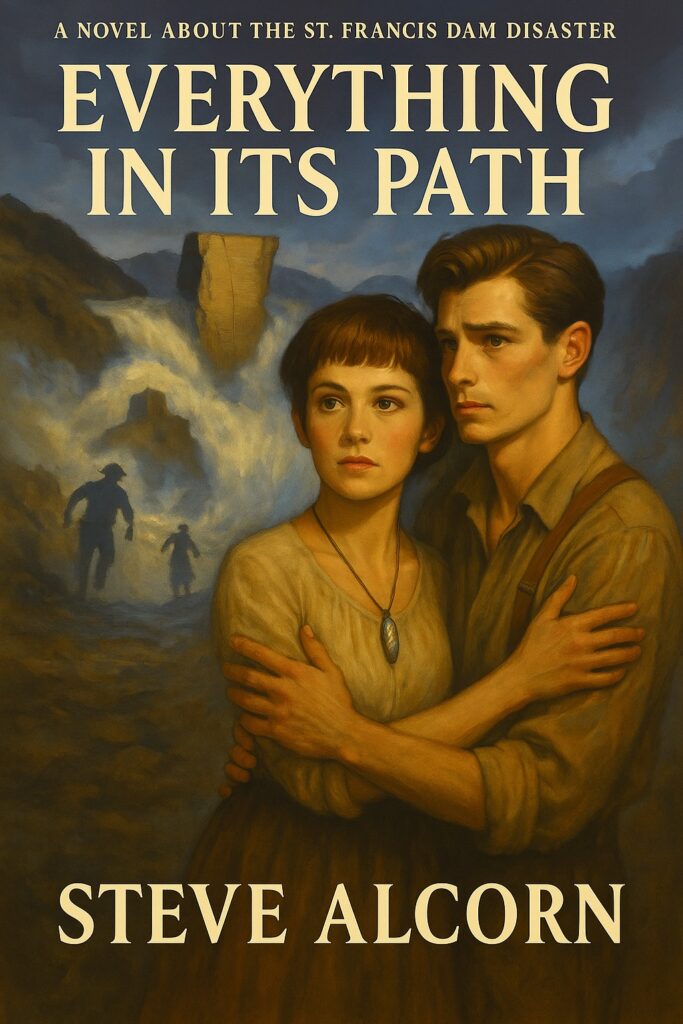
However I really loved the revised characters and additions to the screenplay, and many years later decided to adapt my own screenplay back into a new version of the novel. The result is fully revised novel that is now available as a book or audiobook.
Everything In Its Path was conceived as the of a series. So many years later I returned to the outline I’d completed for book two, and finished it as volume two of a series I dubbed Adventures in Archaeology.
A Stranger from Afar continues Kate and Singing Bird’s stories, as Singing Bird encounters the Spanish explorer Juan Cabrillo, and Kate finds herself in the midst of the 1929 crash, searching for Cabrillo’s grave. It’s an exciting book that brings both of their stories to a satisfying conclusion.

